13 American Foods That the Rest of the World Has Banned

When it comes to food, Americans love convenience—and sometimes that means turning a blind eye to what’s actually in our favorite snacks and meals. While other countries have banned certain foods for being dangerous, the U.S. still happily stocks them on grocery store shelves like nothing’s wrong.
It’s not that these foods are instantly toxic, but they contain ingredients linked to cancer, hormone issues, and other serious health risks. What’s shocking is how long some have stayed legal here despite mounting evidence against them.
1. Farmed Salmon
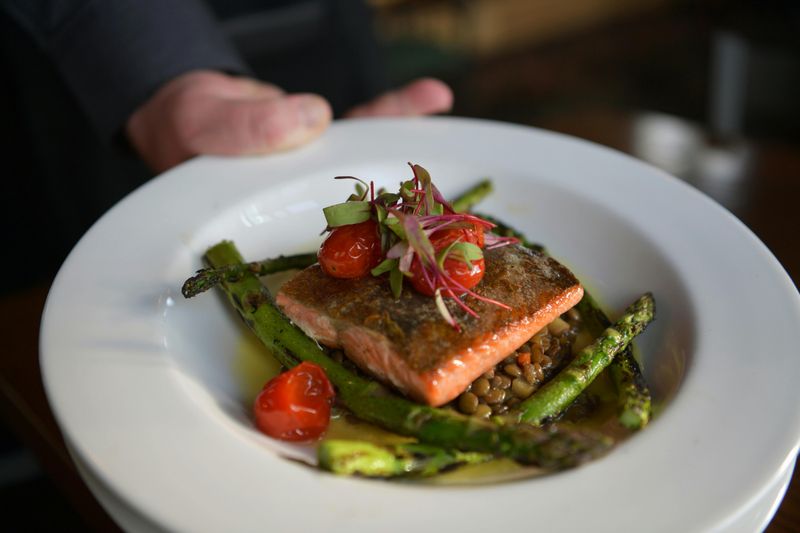
It may look just as pink and appetizing as wild salmon, but most farmed salmon gets that color from synthetic dyes. Without them, the fish would be a dull grayish tone that screams “don’t eat me.” The problem? Those dyes, along with the antibiotics and chemicals used in crowded fish farms, end up in your body too.
Countries like Australia and New Zealand have banned these farming practices due to the health concerns they pose. Studies suggest that toxins and pollutants found in farmed fish could increase the risk of certain cancers over time.
If you’re a salmon lover, don’t panic—just go wild (literally). Wild-caught salmon costs a little more but is packed with omega-3s and free from all the artificial junk. It’s one of those rare cases where “expensive taste” might actually save your health.
2. Brominated Vegetable Oil (BVO) Drinks

You’ve probably sipped on this without realizing it—it’s that ingredient found in older versions of citrus sodas and sports drinks that helps keep the flavor evenly mixed. The problem? Brominated vegetable oil, or BVO, contains bromine—a chemical also used as a flame retardant.
Over time, bromine can build up in your body and lead to headaches, memory issues, and even thyroid problems. That’s why countries like Japan and those in the European Union banned it years ago.
While some brands have quietly removed BVO from their formulas, others still haven’t. So the next time you grab a neon-colored drink that looks like it could glow in the dark, check the label. There’s a good chance it’s not just the sugar spiking your energy levels.
3. Processed Meats with Sodium Nitrites

The sizzling bacon, hot dogs, and deli meats you love often owe their color and “freshness” to sodium nitrites. But when these preservatives are exposed to high heat, they form nitrosamines—a group of compounds linked to cancer.
It’s no surprise that countries like Norway and Austria have restricted or banned nitrites in processed meats. The U.S., on the other hand, still lets them slide because they keep food looking pretty and lasting longer.
If you can’t live without a good BLT or charcuterie board, opt for “nitrite-free” or “uncured” versions. They might spoil faster, but that’s actually a good sign—it means you’re eating real food, not a chemistry project.
4. Artificial Food Dyes (Red 40, Yellow 5, Yellow 6)

That rainbow-colored cereal or bright blue cupcake frosting might look fun, but those colors often come from petroleum-based dyes. These artificial additives have been linked to hyperactivity in children and potential cancer risks.
European countries didn’t wait around—they either banned these dyes or require warning labels on foods that contain them. Yet, in the U.S., you’ll still find them in everything from candy to “healthy” snacks marketed for kids.
It’s not just about avoiding junk food—it’s about realizing how much unnecessary color is added just to make something look appealing. Real food doesn’t need to glow under a blacklight to be delicious.
5. Ractopamine Pork
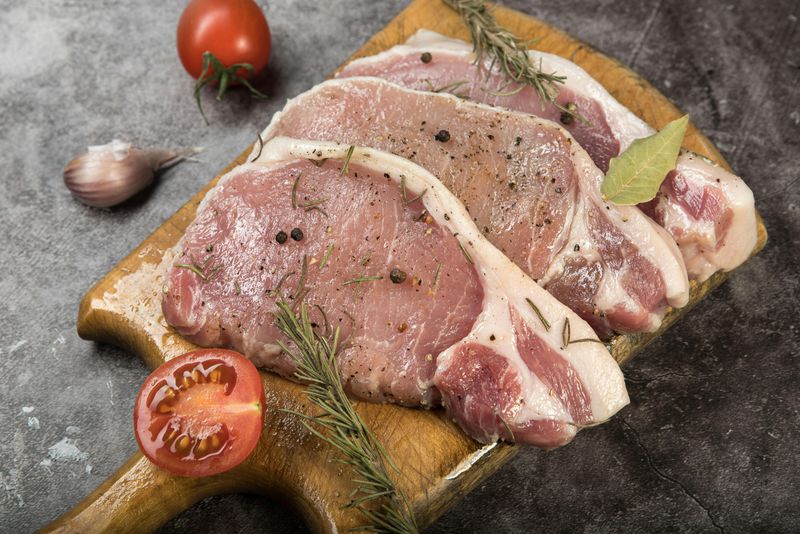
That juicy pork chop might come with an invisible side of controversy. Ractopamine, a drug used to make pigs grow leaner and faster, has been banned in more than 160 countries—including China and Russia.
The U.S. still allows it, claiming it’s safe in small amounts. But studies suggest it can cause heart issues, hyperactivity, and other problems in humans when consumed regularly. The fact that the rest of the world flat-out refuses to touch it should be a red flag.
If you’re buying pork, look for labels that say “ractopamine-free” or “organic.” The flavor’s the same, but your body will thank you for skipping the extra chemicals.
6. Chlorine-Washed Chicken

Americans eat a lot of chicken—and to keep bacteria in check, processors often rinse the meat in chlorine. It sounds clean, right? Except European countries banned this practice years ago, arguing that it masks unsanitary farming conditions instead of fixing them.
The issue isn’t just the chlorine rinse itself—it’s what it represents. Instead of improving hygiene and animal welfare, we’re basically using a chemical bath as a shortcut.
While the U.S. insists chlorine-washed chicken is safe, critics argue that “safe” doesn’t always mean “ideal.” Buying pasture-raised or organic chicken is one simple way to avoid this chemical treatment altogether.
7. Genetically Modified (GMO) Produce
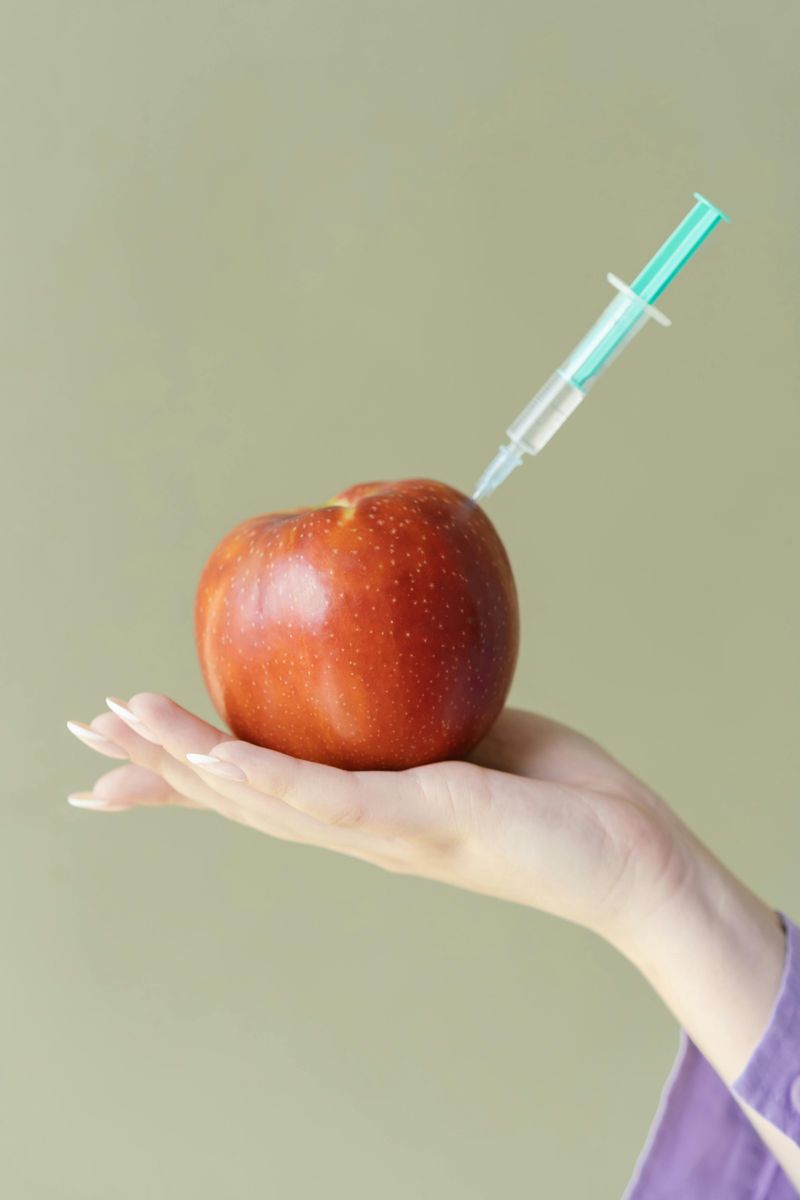
It’s not that all GMOs are evil—but the lack of transparency and long-term studies on their effects is concerning. More than 30 countries have banned or heavily restricted genetically modified crops until more is known.
In the U.S., however, GMO corn, soy, and canola are practically unavoidable. They show up in processed foods, cooking oils, and even baby formula. The scariest part? Labels don’t always make it clear what you’re eating.
If you want to play it safe, look for products labeled “Non-GMO Project Verified.” It’s one small way to take control of what actually ends up on your plate.
8. Olestra (Fake Fat)
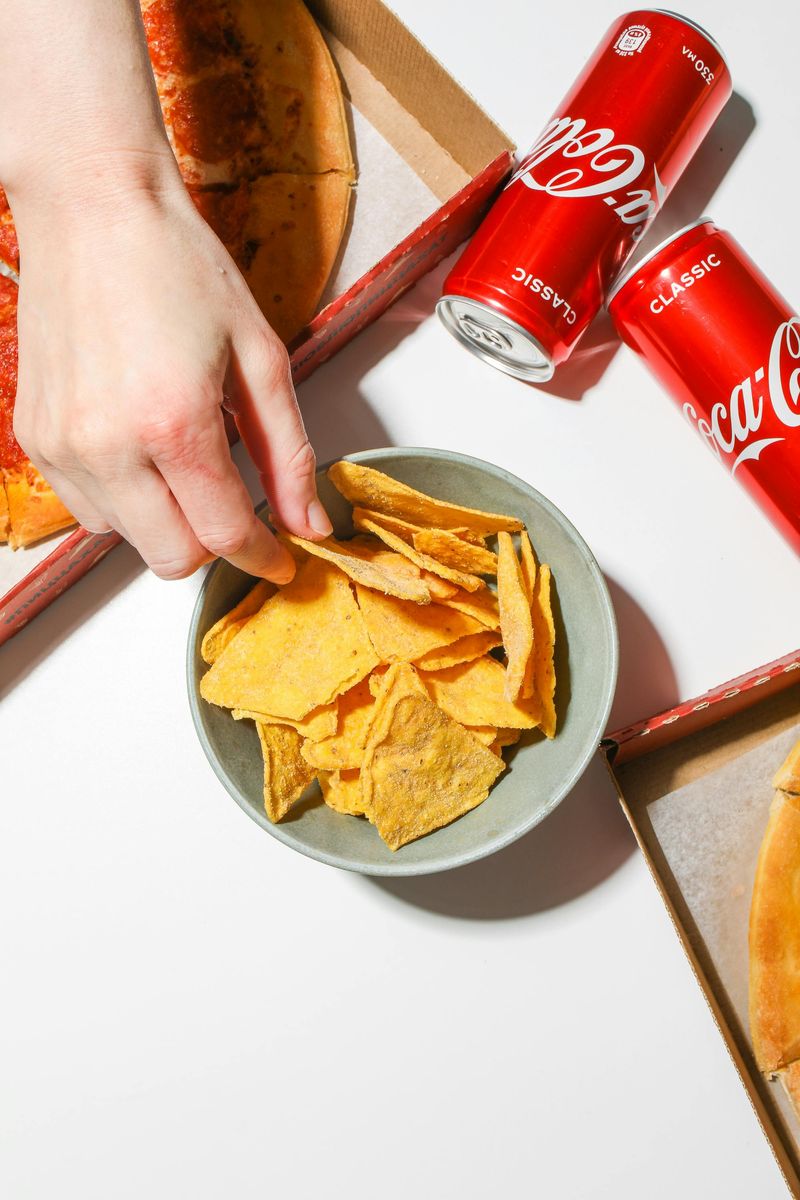
Remember when snack companies promised “guilt-free chips” that had all the flavor and none of the fat? Olestra was their magic ingredient—but it turned out to be a digestive disaster.
This fake fat, banned in Canada and the UK, prevents your body from absorbing vitamins and nutrients. It can also cause unpleasant side effects like cramps and “leakage.” (Yes, that kind.)
Though it’s less common now, Olestra still pops up occasionally in “fat-free” snacks. The lesson here? If something sounds too good to be true—especially in a chip bag—it probably is.
9. Azodicarbonamide (ADA) Bread

You’d never guess that the same chemical used to make yoga mats could be in your sandwich bread. Azodicarbonamide (ADA) is a dough conditioner that helps bread stay soft and fluffy for longer.
Europe and Australia banned it years ago due to its link to asthma and allergies. Yet in the U.S., it’s still allowed in baked goods, bagels, and even tortillas.
Plenty of brands have dropped ADA after consumer backlash, but not all. Reading ingredient labels takes an extra minute—but knowing you’re not eating foam-rubber chemicals is totally worth it.
10. Arsenic-Laced Chicken Feed
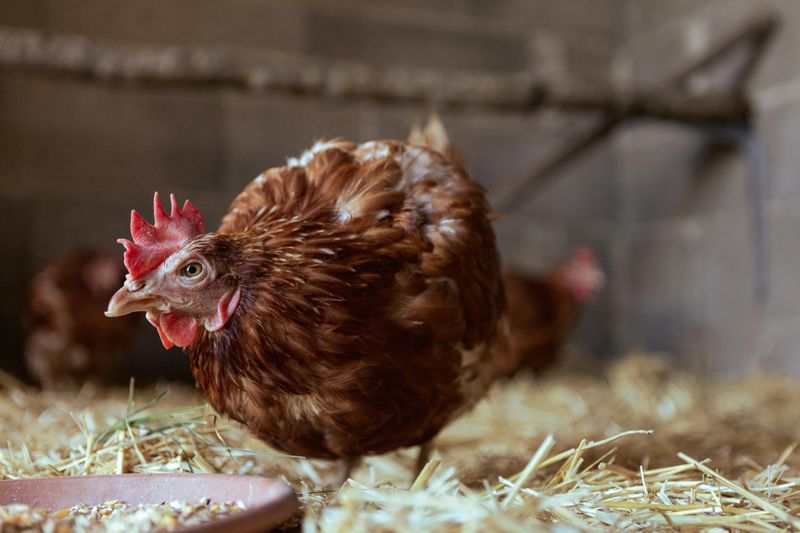
Here’s a fun (read: horrifying) fact—arsenic was once used in chicken feed to make the meat look pinker and fresher. Even though the FDA has phased it out in many cases, traces of arsenic still show up in tests.
The European Union banned this practice completely, considering arsenic a known carcinogen. In the U.S., loopholes and lack of enforcement keep it from disappearing entirely.
If you’re worried, buy organic or pasture-raised poultry. It’s the easiest way to make sure your dinner isn’t doubling as a science experiment.
11. Potassium Bromate in Bread and Baked Goods

Breads and pastries that rise perfectly often contain potassium bromate, a chemical that strengthens dough and improves texture. Sounds harmless—until you learn it’s linked to cancer in animal studies.
Countries like Canada, the UK, and China have banned it entirely. The U.S. allows it in “safe” amounts, assuming that baking destroys most of it—but studies show residues can remain.
Next time you’re at the bakery, see if they use bromate-free flour. Some brands proudly advertise it. After all, bread should rise naturally, not chemically.
12. Dairy from Cows Treated with rBGH/rBST
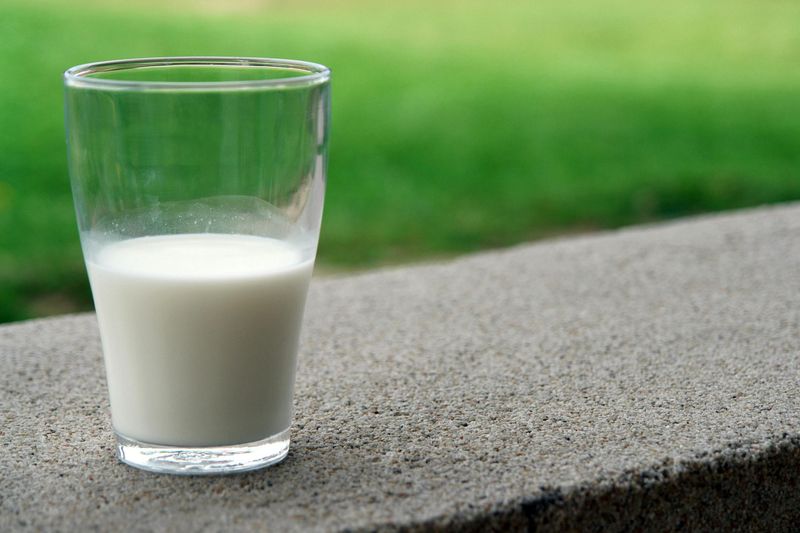
Many American dairy cows are injected with recombinant bovine growth hormone (rBGH or rBST) to increase milk production. The hormone boosts yield—but also raises levels of another hormone linked to cancer risk.
The EU, Japan, and Canada all banned rBGH decades ago due to animal welfare and human health concerns. In the U.S., it’s still allowed, though some milk brands have voluntarily gone hormone-free.
When you buy milk or cheese, check for labels like “rBGH-free” or “No Artificial Growth Hormones.” Your latte will taste exactly the same, minus the science lab ingredients.
13. Skittles (and Other Titanium Dioxide Candies)
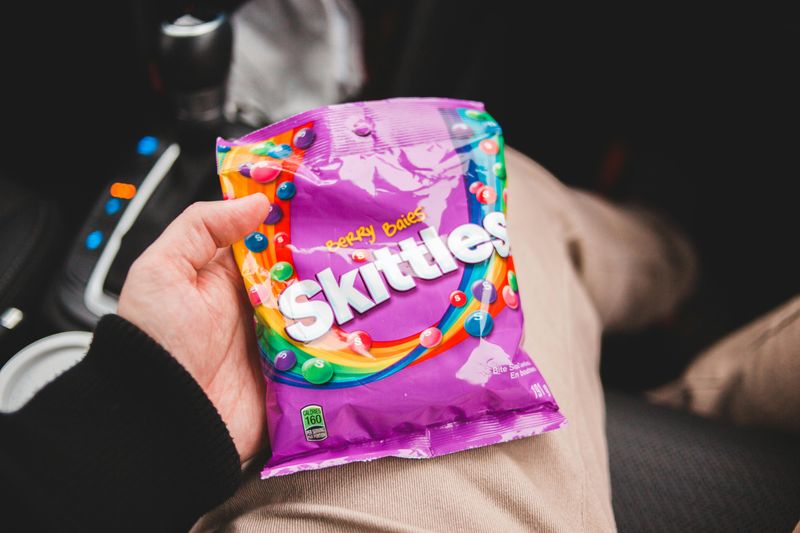
They may “taste the rainbow,” but those bright colors come at a price. Skittles and some other candies use titanium dioxide—a whitening agent that the European Union banned for potentially causing DNA damage.
The chemical gives candy its shine, but studies suggest it could harm gut health and trigger inflammation over time. That’s not exactly the kind of “treat” anyone needs.
If you’ve got a sweet tooth, don’t worry—plenty of candy brands are ditching titanium dioxide and switching to natural colorants. Just maybe skip the glowing ones for now.

Comments
Loading…